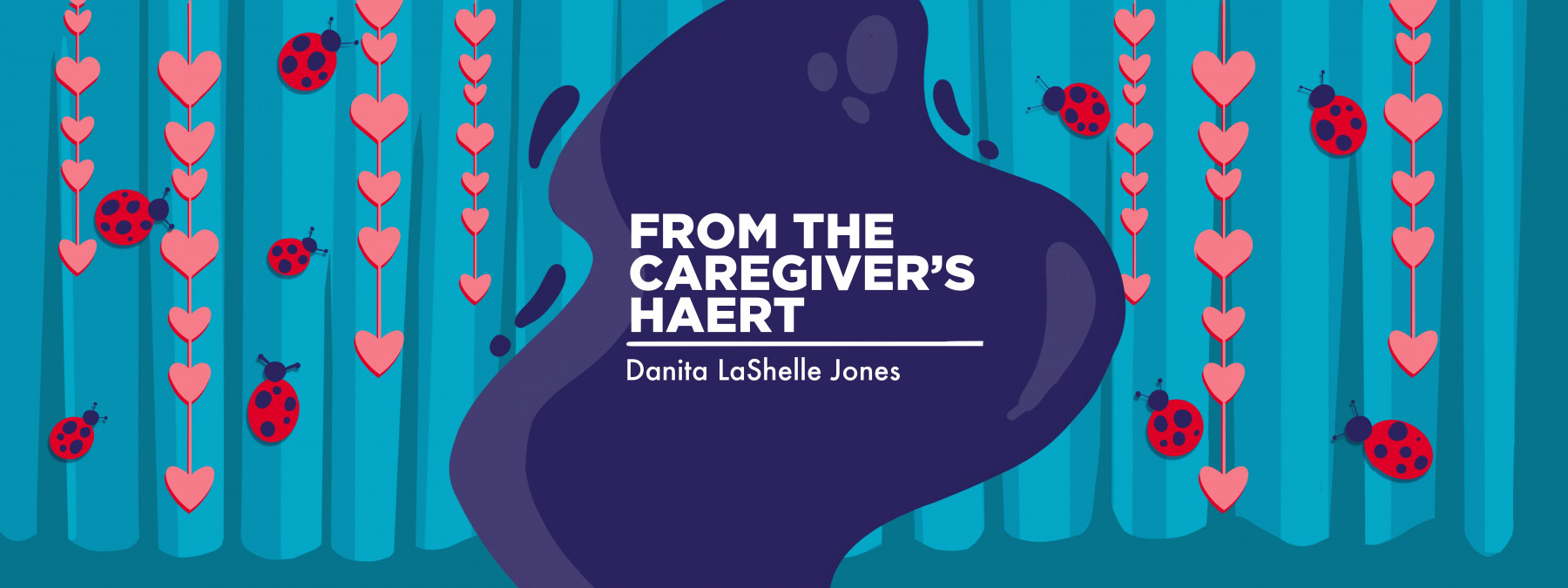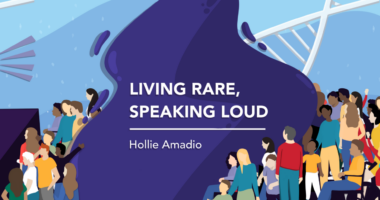Obtaining treatment for our daughter was the toughest battle
A columnist learns how to fight health insurance company denials

By the late 1980s, it was well known that heavyweight boxer Mike Tyson was a guaranteed win. His signature right hook to his opponent’s body, followed by a right uppercut to their chin, would finish many challengers in the first round. In 1986, Tyson became the youngest heavyweight champion at the age of 20.
At the start of 1990, Tyson was 37-0. Fans attending his fights rarely expected them to last longer than a few seconds. Challenging the undisputed champion at the time seemed ridiculous. Yet in February 1990, James “Buster” Douglas attempted just that.
Everyone had counted Douglas out. Commentators refused to talk about him having a chance before the fight. Instead, many deemed the challenger a warmup for Tyson before his real fights later that year.
Surprisingly, the fight didn’t end in the predicted 91 seconds. Even when Tyson landed a hard punch that caused Douglas to fall to the mat, he got up and kept going. He refused to stop fighting.
In the 10th round, the underdog, the man everyone had counted out, knocked out the heavyweight champion of the world. James Douglas beat Mike Tyson.
It wasn’t until 2021 that I felt very much like Douglas.
Fighting for treatment
When our daughter, whom we lovingly refer to as Ladybug, was diagnosed with hereditary angioedema (HAE) two years ago, we had no idea we were in for a heavyweight title fight.
Initially, I thought the fight would be with the actual illness. HAE is unpredictable and exhausting. Ladybug faced laryngeal flares and intestinal swells, and we somewhat identified the different triggers that made some flares worse than others. But even with that, we’d get up every morning to fight another day.
Unfortunately, we weren’t prepared for the title fight: acquiring medication.
Usually, when a person needs medication, a doctor writes a prescription and the person fills it at their local pharmacy. But the process is more complicated when a chronic illness requires specialty medication to be administered at home.
There are preauthorizations between doctors’ offices and insurance companies, faxes, and phone calls to ensure that paperwork is signed. Often, additional paperwork, correspondence, and letters in mailboxes are involved.
When we received the first rejection letter denying Ladybug’s medication, it felt like a right hook to my body. Soon, I found myself on the phone with the proper people, which was followed by more calls, faxed authorizations, and insurance company communications, and finally, another letter. And another rejection.
In the meantime, Ladybug was hospitalized every other week, often in the pediatric intensive care unit, due to the severity of her flares. My frustration rose when we received a rejection letter for her medication while she was receiving the same medication in the hospital.
Despite feeling defeated, I kept making phone calls, withstanding long holds, disconnected calls, and different departments telling me it was the other department’s fault. By March 2021, I logged a minimum of three hours daily fighting with insurance companies and specialty pharmacies.
I felt like a solitary person fighting massive organizations. Still, as Ladybug’s caregiver, I was willing to go as many rounds as needed to get what she required.
Finally, Ladybug was approved for home use of both Berinert and Haegarda. I’ve never boxed before, but getting those approval letters felt like we had won a heavyweight championship.
Today, we sometimes find ourselves in heavyweight matches. But whether we’re fighting our way through the emergency room to get Ladybug her medicine or getting schools to understand her condition, we’re up for the challenge.
At times, it can be exhausting. But I’ve come to realize that the best way to win when the odds are against you is to never stop fighting.
Note: Angioedema News is strictly a news and information website about the disease. It does not provide medical advice, diagnosis, or treatment. This content is not intended to be a substitute for professional medical advice, diagnosis, or treatment. Always seek the advice of your physician or other qualified health provider with any questions you may have regarding a medical condition. Never disregard professional medical advice or delay in seeking it because of something you have read on this website. The opinions expressed in this column are not those of Angioedema News or its parent company, Bionews, and are intended to spark discussion about issues pertaining to angioedema.







Leave a comment
Fill in the required fields to post. Your email address will not be published.